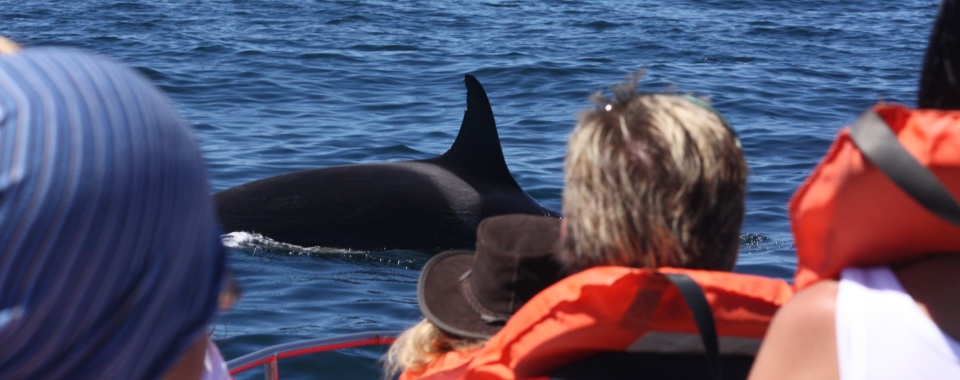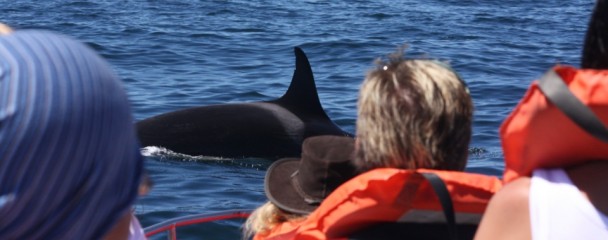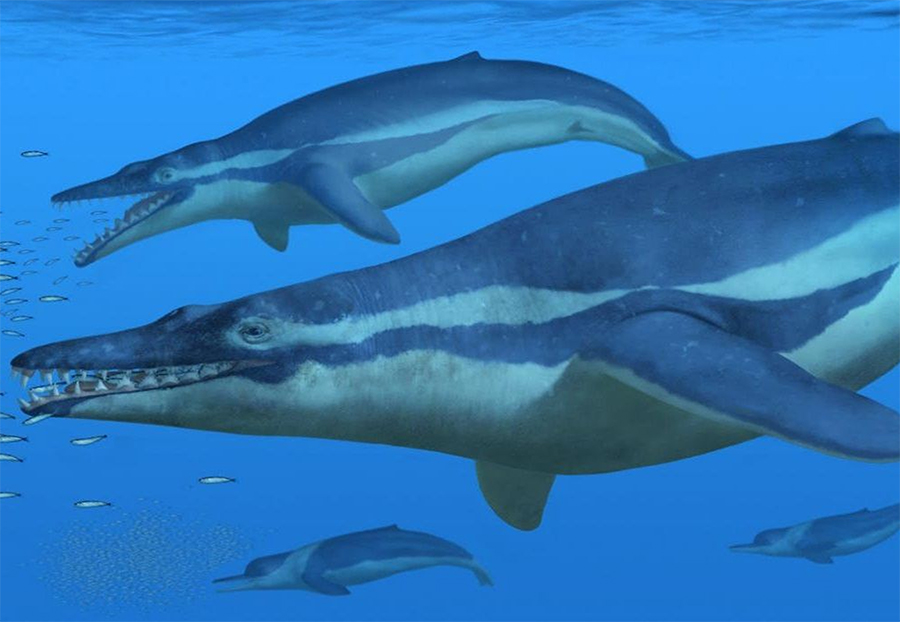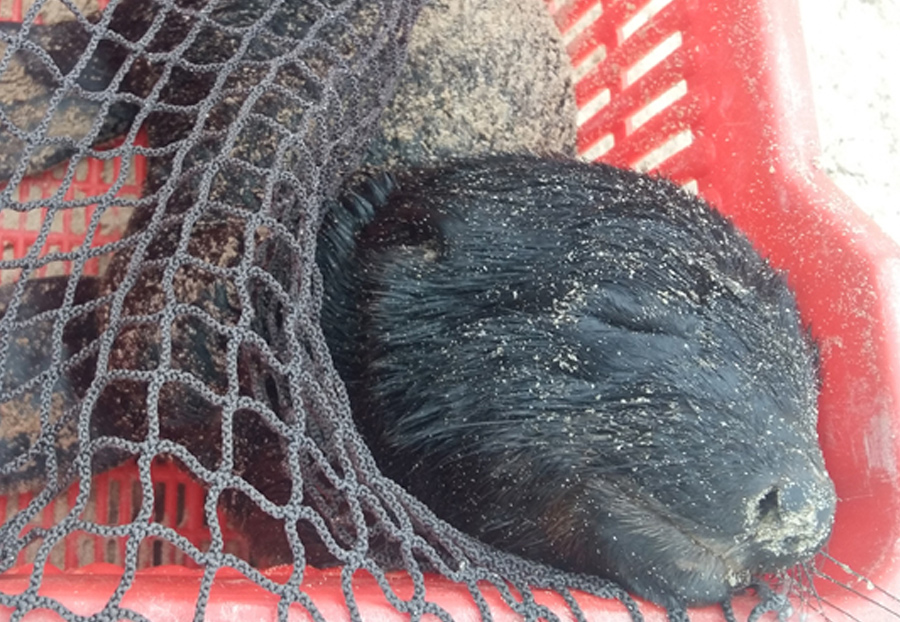Orcas in South Africa.
Our last post was about orcas, how they live and hunt around the world (see our homepage). When orcas are seen close to the coastline in South Africa it’s always great news, for most it is a novelty to see these animals.
The distribution of orcas within the southern African region is widespread, occurring both in coastal and offshore waters. Most sightings were from longline fishing boats which showed a concentration of animals along the continental slope of the Agulhas Bank. Most coastal sightings seem to be infrequent and hard to predict. Boat based whale-watching companies only recorded 15 days with sightings in 6 years (2000-2006). Orcas can be seen close to the coast all year round with a peak in the first months of the year (Best et.al. 2010). They are also seen all year round off shore with a peak in June-September.
Off South Africa, group sizes generally include less than 13 animals, with an average group size of 4 individuals. They are however most frequently seen in pairs. The largest group size recorded was 20 animals.
It has been suggested that Southern African orcas have a seasonal reproduction and give birth from May-August. They feed on both mammals and fish, however stomach content examinations revealed that most of the individuals stranded along the South African coastline contained the remains of whales, seals or dolphins. Half of the orcas that had fish in their stomachs also had mammal parts. On one occasion, a stranded male orca had kelp, pieces of a dry suit, plastic cardboard and shark remains in its stomach.
As discussed in last week’s post there are several different types of orcas that occur worldwide and are differentiated from each other according to their prey selection. When a combination of stomach content data and observed hunting strategies are considered, it is most likely that individuals from the South African population are opportunistic feeders (feeding on what they can find) but a larger data set is needed before any conclusive results can be shown. Old records show that they mainly feed on marine mammals, but during 2002 in Plettenberg Bay, orcas were seen killing a Great White shark. They are also often reported to congregate around fishing boats in order to steal fish of the hooks. Some individuals have also been seen hunting birds and ‘playing’ with them. This behaviour is often seen in females with calves and is suspected of being a way to teach the young how to hunt.
In May 2013, orcas were observed killing and feeding on a Bryde´s whale (Balaenoptera brydei) off Port Elizabeth. A single orca was seen in Plettenberg Bay in May 2013 and in. December 2014 a pod of 14 orcas were seen outside the Knysna Heads. A few weeks later, a group of 18-20 individuals was seen in False Bay, Cape Town. There is still much to learn about Southern African orcas and everyone is encouraged to collect identification photographs of them so that a population estimate can be done for this region. Identification photographs will also help to monitor their spatial distribution and social structure. At present, Southern African orcas are classified as data deficient because of the limited amount of available data on them.





